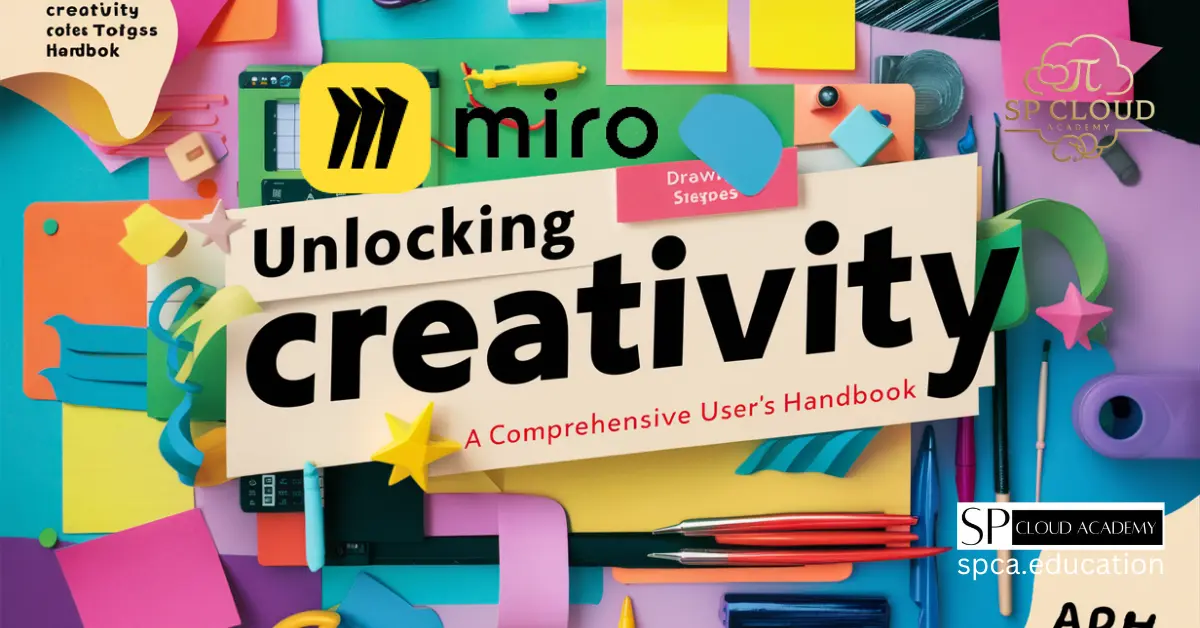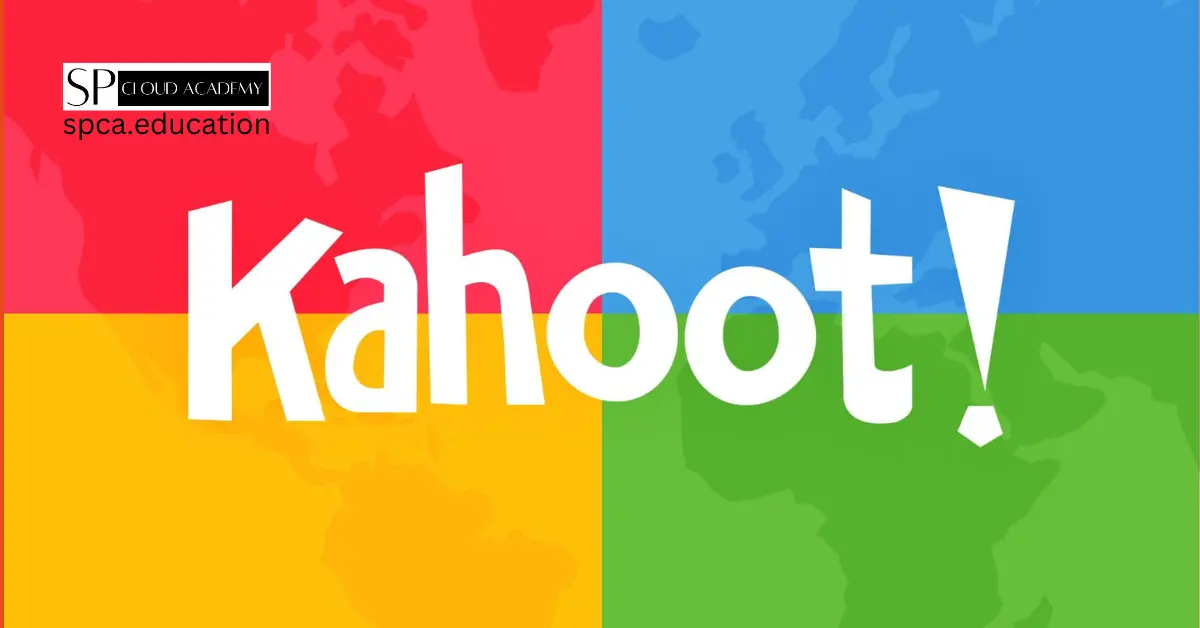In the ever-evolving landscape of education technology, Kahoot has emerged as a transformative force, redefining the way educators engage with students. This article explores the essence of Kahoot, its profound impact on blended learning, backed by insightful case studies. Additionally, we delve into the pricing models to cater to diverse educational needs and provide a step-by-step guide to the seamless account opening process.
What is Kahoot?
Kahoot is an interactive learning platform founded in 2013 that has revolutionized the education sector by incorporating gamified quizzes, surveys, and discussions into the learning experience. Designed to make learning engaging and fun, Kahoot is particularly well-suited for blended learning, combining traditional face-to-face instruction with online elements.
Impacts of Kahoot in Blended Learning
- Active Participation and Engagement: One of Kahoot’s primary impacts is its ability to foster active participation. Through gamification, it turns learning into a captivating experience, motivating students to actively engage with the material. This dynamic approach not only enhances understanding but also promotes a positive learning environment.
- Real-time Assessment and Feedback: Kahoot’s quizzes provide real-time assessment and feedback, allowing educators to gauge student comprehension instantly. This feature facilitates adaptive teaching strategies, ensuring that students receive the necessary support where needed. The competitive element also adds an extra layer of motivation for students.
- Flexibility in Learning Styles: With customizable quizzes, Kahoot caters to diverse learning styles. Whether visual, auditory, or kinesthetic, students can find interactive elements that resonate with their preferred learning method. This adaptability ensures a more personalized learning experience.
- Data-Driven Insights: Kahoot’s analytics offer valuable insights into student performance. Educators can analyze data to identify trends and assess the effectiveness of their teaching methods. This data-driven approach empowers educators to make informed decisions, refining their teaching strategies for optimal outcomes.
- Global Collaboration and Inclusivity: Kahoot’s platform transcends geographical boundaries, allowing students from around the world to participate in collaborative learning experiences. The platform’s inclusivity ensures that learning is accessible to all, irrespective of physical location.
Case Studies: Kahoot in Action
- Engagement Boost in Elementary Education:In a study conducted across several elementary classrooms, Kahoot significantly increased student engagement. Traditional teaching methods were supplemented with Kahoot quizzes, leading to a 30% rise in active participation. The gamified approach captured the attention of young learners, making lessons more enjoyable and memorable.
- Language Learning Success in High School:A high school language teacher incorporated Kahoot quizzes into language learning sessions. The results showed a notable improvement in students’ language retention and understanding of grammatical concepts. The competitive element motivated students to actively practice and reinforce their language skills.
- Professional Development in Higher Education:In a higher education setting, Kahoot was employed for professional development workshops. Educators found that the platform not only made training sessions more engaging but also allowed for instant feedback on understanding and knowledge retention. The data-driven insights further facilitated ongoing improvement in training methodologies.
Kahoot’s Pricing Model
Understanding Kahoot’s pricing model is crucial for educators seeking to integrate the platform into their teaching strategies. The pricing structure caters to diverse needs, offering flexibility and scalability.
- Free Basic Plan: Kahoot’s free plan provides essential features, making it accessible to individual teachers and smaller groups. Educators can create basic quizzes and engage students without any financial commitment.
- Kahoot! Pro for Educators: Priced at a modest monthly or annual subscription, Kahoot! Pro unlocks advanced features such as collaboration with other educators, detailed reports, and the ability to include images and videos in quizzes. This tier is suitable for individual teachers or smaller educational institutions.
- Kahoot! Premium for Schools and Higher Education: Tailored for larger institutions, Kahoot! Premium offers additional features such as branding customization, integration with learning management systems (LMS), and priority support. The pricing varies based on the number of users, providing scalability for institutions of different sizes.
- Kahoot! Plus for Businesses: Extending beyond education, Kahoot! Plus for Businesses caters to corporate training needs. This plan includes features like hosting private games and accessing premium content, making it suitable for businesses leveraging Kahoot for employee training and engagement.
Account Opening Process
Opening a Kahoot account is a seamless process, designed to be user-friendly for educators. Here’s a step-by-step guide:
- Visit the Kahoot Website: Navigate to Kahoot’s official website at kahoot.com.
- Sign Up: Click on the “Sign Up” button, and you will be prompted to create an account. Users can sign up using their email address or opt for a quicker process by logging in with existing Google or Microsoft accounts.
- Choose Your Role: Specify whether you are a teacher, student, or business professional. Selecting “Teacher” opens up features tailored for educational use.
- Provide Necessary Information: Fill in the required information, including your name, email address, and a secure password. Make sure to agree to Kahoot’s terms of service and privacy policy.
- Verify Your Account: Kahoot may require email verification to complete the registration process. Check your inbox for a verification email and follow the instructions to verify your account.
- Explore the Dashboard: Once verified, log in to your Kahoot account and explore the intuitive dashboard. Here, you can create, edit, and host quizzes, as well as access reports on student performance.
- Upgrade Your Plan (Optional): Depending on your needs, explore the “Plans” section to upgrade to a premium plan. This step is optional and can be considered based on your specific requirements and budget.
- Create Your First Kahoot: Start creating interactive quizzes by utilizing the platform’s user-friendly interface. Customize questions, add multimedia elements, and initiate an engaging learning experience for your students.
Conclusion: Kahoot in Blended Learning
Kahoot’s impact on blended learning is profound, bringing an element of fun and interactivity to traditional education. Through case studies, we’ve seen how Kahoot enhances engagement across different educational levels. Its pricing model, with various tiers catering to different needs, ensures accessibility for educators and institutions of all sizes. The seamless account opening process empowers educators to quickly integrate Kahoot into their teaching arsenal, providing students with a dynamic and enriching learning experience. As we navigate the future of education, Kahoot stands as a beacon of innovation, driving positive change in the way we approach teaching and learning.
FAQs
Here are some frequently asked questions (FAQs) about Kahoot:
1. What is Kahoot?
Kahoot is an interactive learning platform that allows educators to create, share, and play learning games (quizzes, surveys, and discussions) with their students. The platform is designed to make learning fun and engaging through gamification.
2. How does Kahoot work in a classroom setting?
In a classroom setting, educators can create quizzes on the Kahoot platform, and students can participate by answering questions in real-time using their devices (smartphones, tablets, or computers). The competitive and gamified nature of Kahoot promotes active participation and helps in assessing student understanding.
3. Can Kahoot be used for remote learning?
Yes, Kahoot is suitable for both traditional classrooms and remote learning environments. Educators can create and share Kahoot games with students, who can participate from any location with an internet connection.
4. What types of games can be created on Kahoot?
Educators can create quizzes, surveys, and discussions on Kahoot. Quizzes are the most common, where questions are presented with multiple-choice answers. Surveys allow for collecting opinions, and discussions enable open-ended responses.
5. How can I sign up for Kahoot?
To sign up for Kahoot, visit the official website (kahoot.com) and click on the “Sign Up” button. You can create an account using your email address or log in with existing Google or Microsoft accounts.
6. Is there a cost associated with using Kahoot?
Kahoot offers a free basic plan with essential features. However, there are also premium plans, such as Kahoot! Pro, Kahoot! Premium for Schools, and Kahoot! Plus for Businesses, which offer additional features and customization options. Pricing details can be found on the Kahoot website.
7. Can Kahoot be used for professional development and training?
Yes, Kahoot is not limited to traditional education settings. It can be used for professional development and training purposes. Kahoot! Plus for Businesses is specifically designed to meet the needs of corporate training.
8. Is Kahoot suitable for different age groups?
Yes, Kahoot is suitable for learners of all ages. The platform’s versatility allows educators to create content tailored to different age groups and learning levels.
9. Can I customize the quizzes on Kahoot?
Yes, educators can customize quizzes on Kahoot by adding images, videos, and adjusting settings such as timer duration and question format. This customization enhances the learning experience and caters to diverse learning styles.
10. Are there analytics available on Kahoot to track student performance?
Yes, Kahoot provides analytics and reports that allow educators to track student performance. These insights include data on quiz completion, question-by-question results, and overall engagement, helping educators make data-driven decisions.
11. Is Kahoot accessible on different devices?
Yes, Kahoot is accessible on various devices, including smartphones, tablets, and computers. Participants can join Kahoot games using a web browser, making it a flexible and inclusive tool for blended learning.
12. Can I collaborate with other educators on Kahoot?
Yes, Kahoot offers collaboration features, especially in premium plans. Educators can collaborate to create, share, and host games, fostering teamwork and resource-sharing within educational institutions.
These FAQs cover some fundamental aspects of Kahoot. For more detailed information or specific inquiries, users can refer to the official Kahoot website or support documentation.
See Also
Mastering the Art of Blended Learning: The Role of Online Quiz and Assessment Tools
-

Digital Cooperative Learning: Best Online Collaboration Tools for Students
-

Unlocking Creativity with Miro: A Comprehensive User’s Handbook
-

10 Proven Strategies to Make Your Display Ads Go Viral
-

Top 10 Online Dictionaries You Didn’t Know Could Boost Your Writing Skills
-

Master Microsoft Learn: Your Ultimate Guide to Boosting Tech Skills for Free
-

The Ultimate List of Top Tech and Cloud Computing Blogs for Industry Insights
